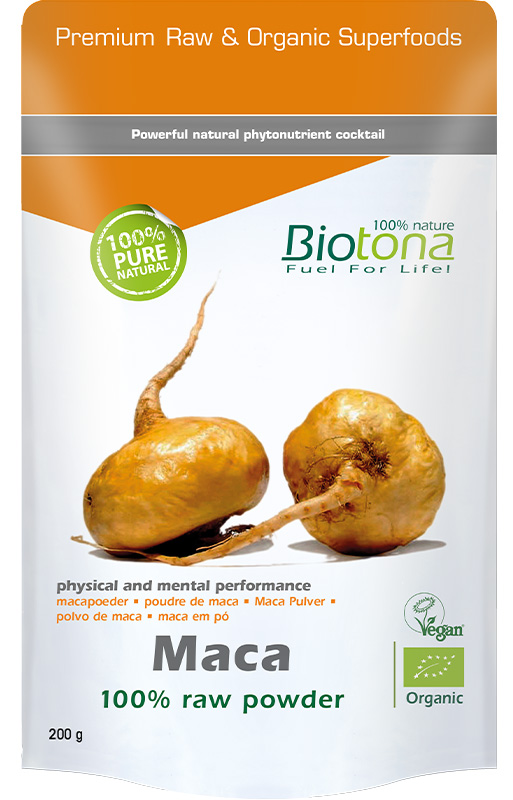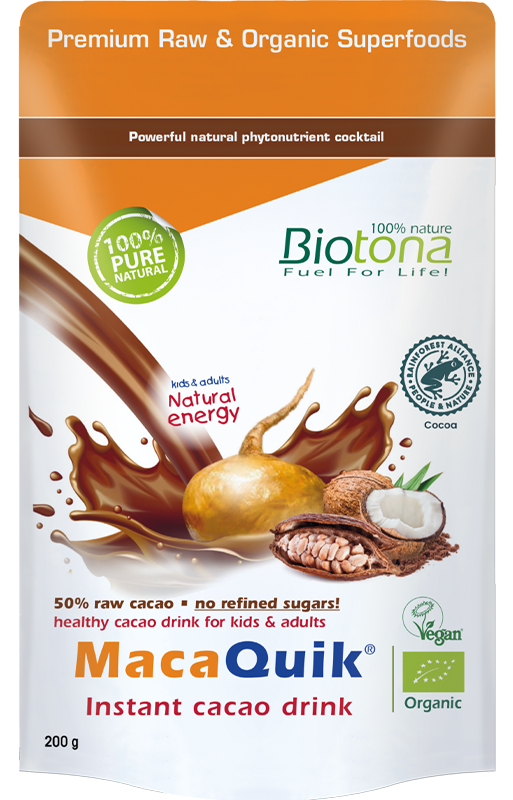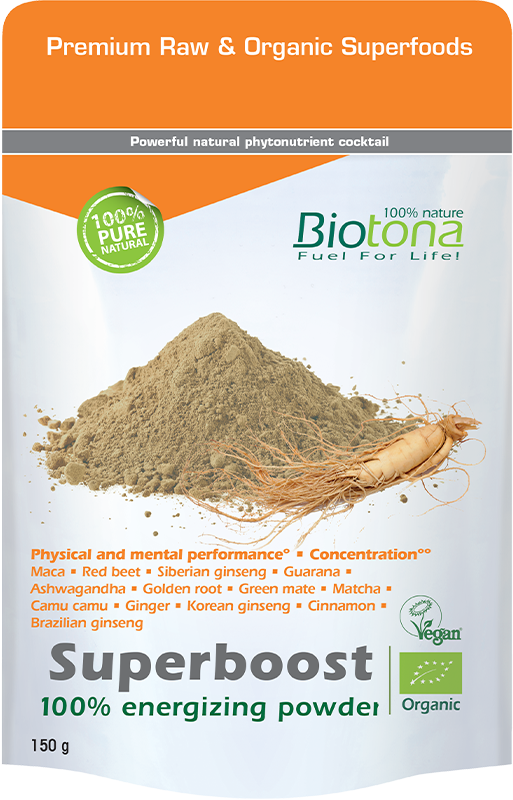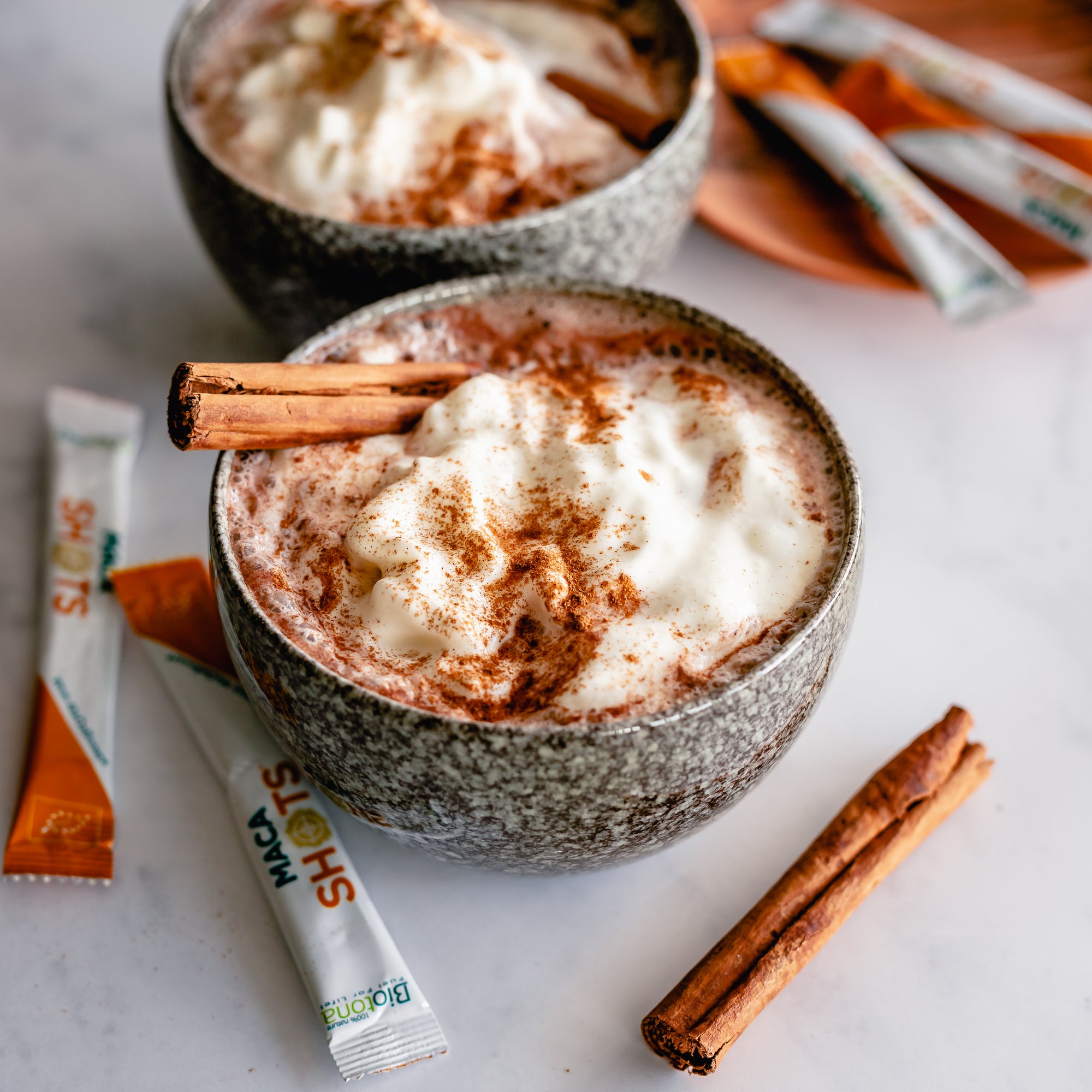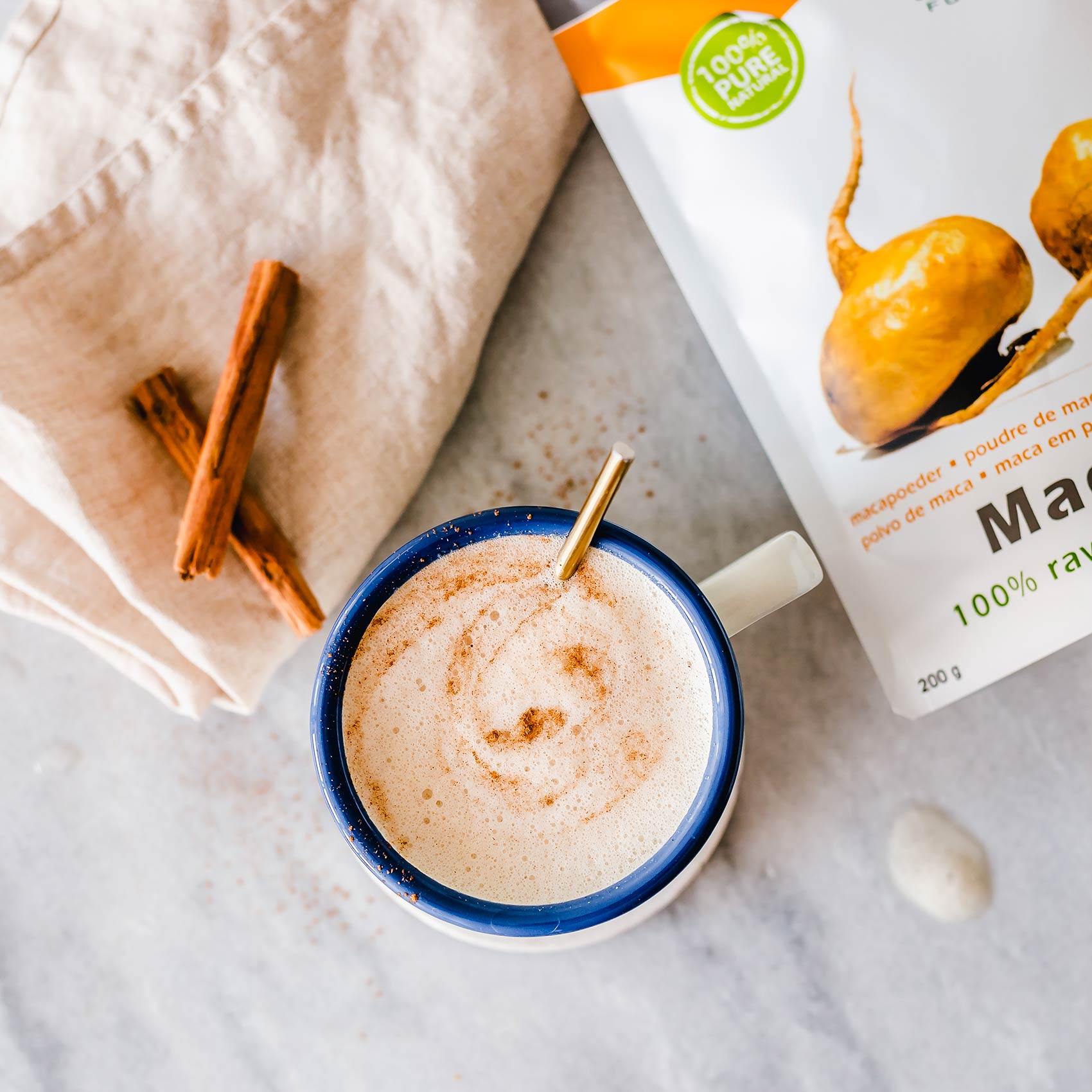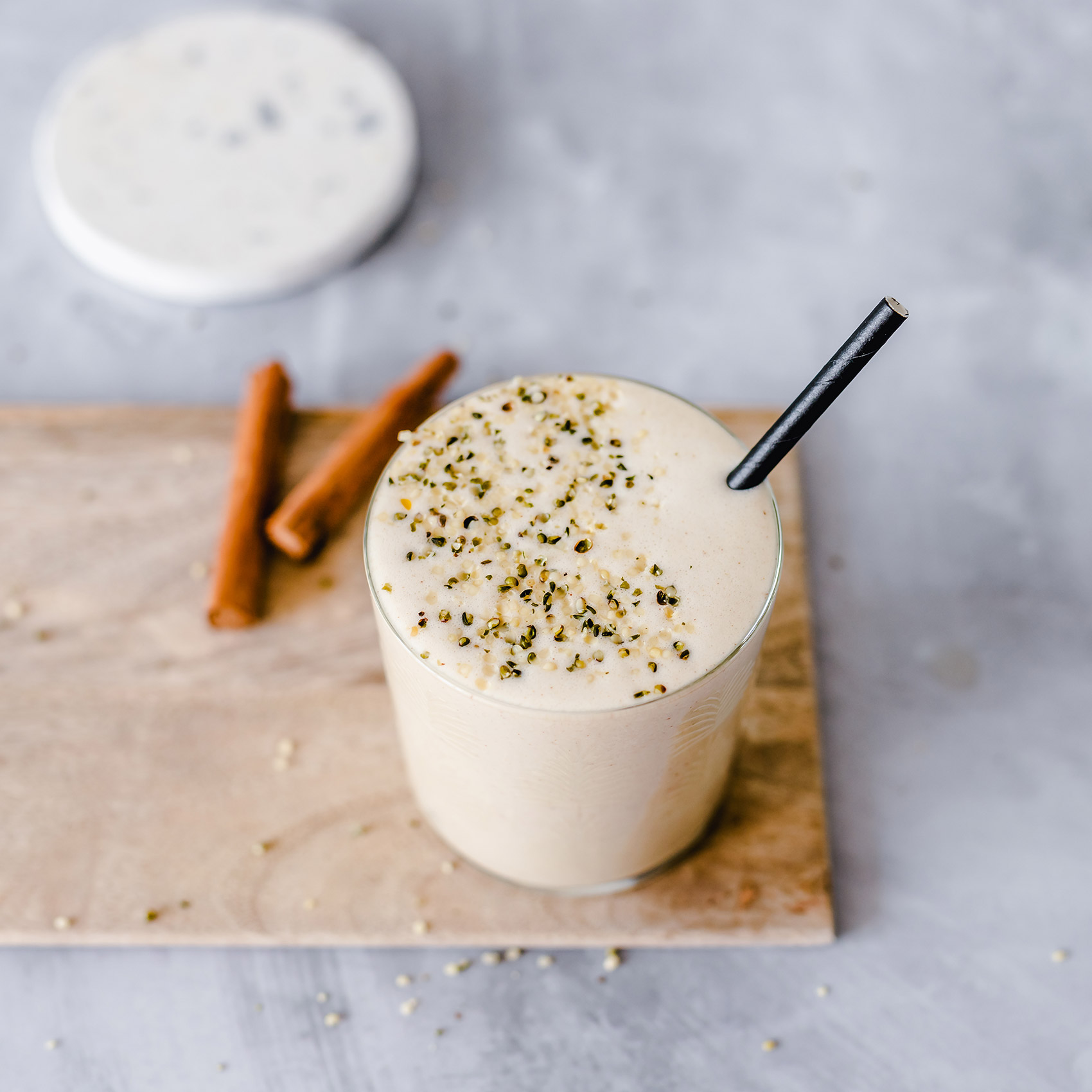What is maca?
Maca is a remarkably strong plant that grows at a kilometres-high altitude in the mountainous landscape of the Andes. Its powers were already known to the earliest mountain peoples and later to the Incas. The harshness of the environment in which maca grows, with bright sun, fierce winds and temperatures around freezing point, means that few other plants are able to survive there.
To protect itself against these extreme conditions, maca produces large quantities of protective substances, which can also benefit our human health. These substances, concentrated in the root tuber, have exceptional properties and can help to increase our stress resistance and resilience. In addition, maca has a positive effect on levels of endurance and our general mood.
What is maca?
Maca is a root vegetable obtained from Lepidium meyenii. This plant is a member of the cruciferous or mustard family (Brassicaceae), like broccoli, sprouts and kale. In the Andes, it is used as a food crop, but the local population is also aware of its medicinal value.
The parts that grow under the ground (thick hypocotyls) are eaten either fresh or freeze-dried. There are three different types: yellow, red and black. However, sowing a red seed does not guarantee that the resulting root will also be red.
Maca is recognised as being a superfood and for this reason is also available in a powdered form. This powder of the dried roots can be added to water, (vegetable) milk, fruit juice, shakes or smoothies.
What are the benefits of maca?
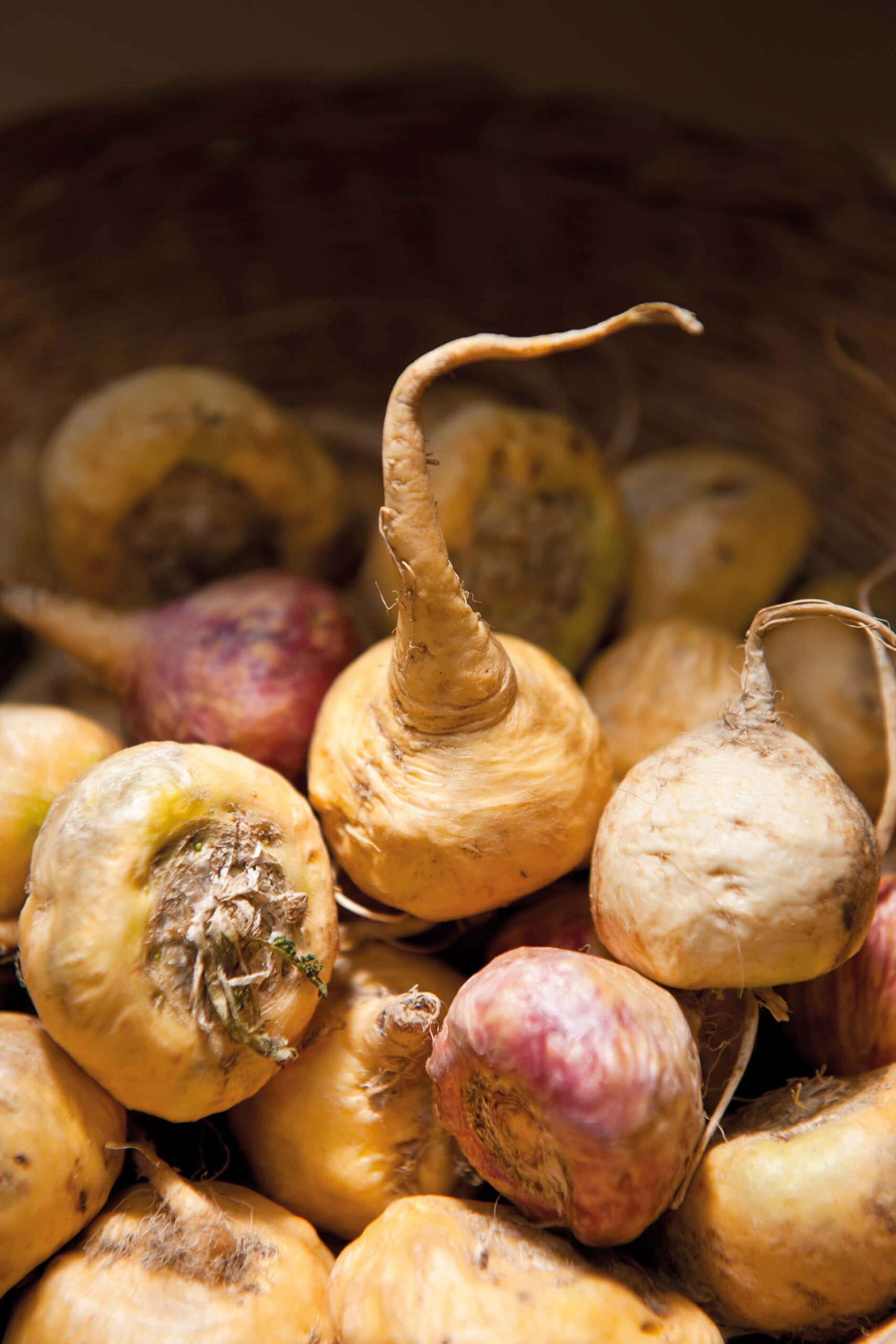
- It increases resistance to stress and tiredness. This is due to maca’s adaptogen properties. This means that it has the ability to regulate your energy and stress, so that they remain at normal levels.
- It provides natural vitality for both body and mind. Maca improves endurance during both physical and mental performance.
- It enhances detoxification. Maca achieves this by assisting in the purification of the liver, allowing waste products to be removed from the body via the urine.
- It gives a boost to the libido and to fertility. Maca improves sperm quality (in volume, motility and the number of spermatozoa) and increases the level of the luteinising hormone (LH) during the phase immediately prior to ovulation.
- It reduces menopausal symptoms. Maca is able to normalise hormone levels.
Where does maca come from?
Maca comes from the Andes mountains in Peru. The extreme conditions in the Andes play an important role in developing the active components in maca. Researchers at the University of Prague have analysed maca that was grown either in greenhouses or in a number of test fields in the Czech Republic. Significantly lower quantities of macamides (the quality marker for maca) were found in the resulting crop of vegetables.
How much maca can you use each day?
The use of maca powder should be limited to roughly one tablespoon per day.
This is equivalent to between 5 and 15 grams.

